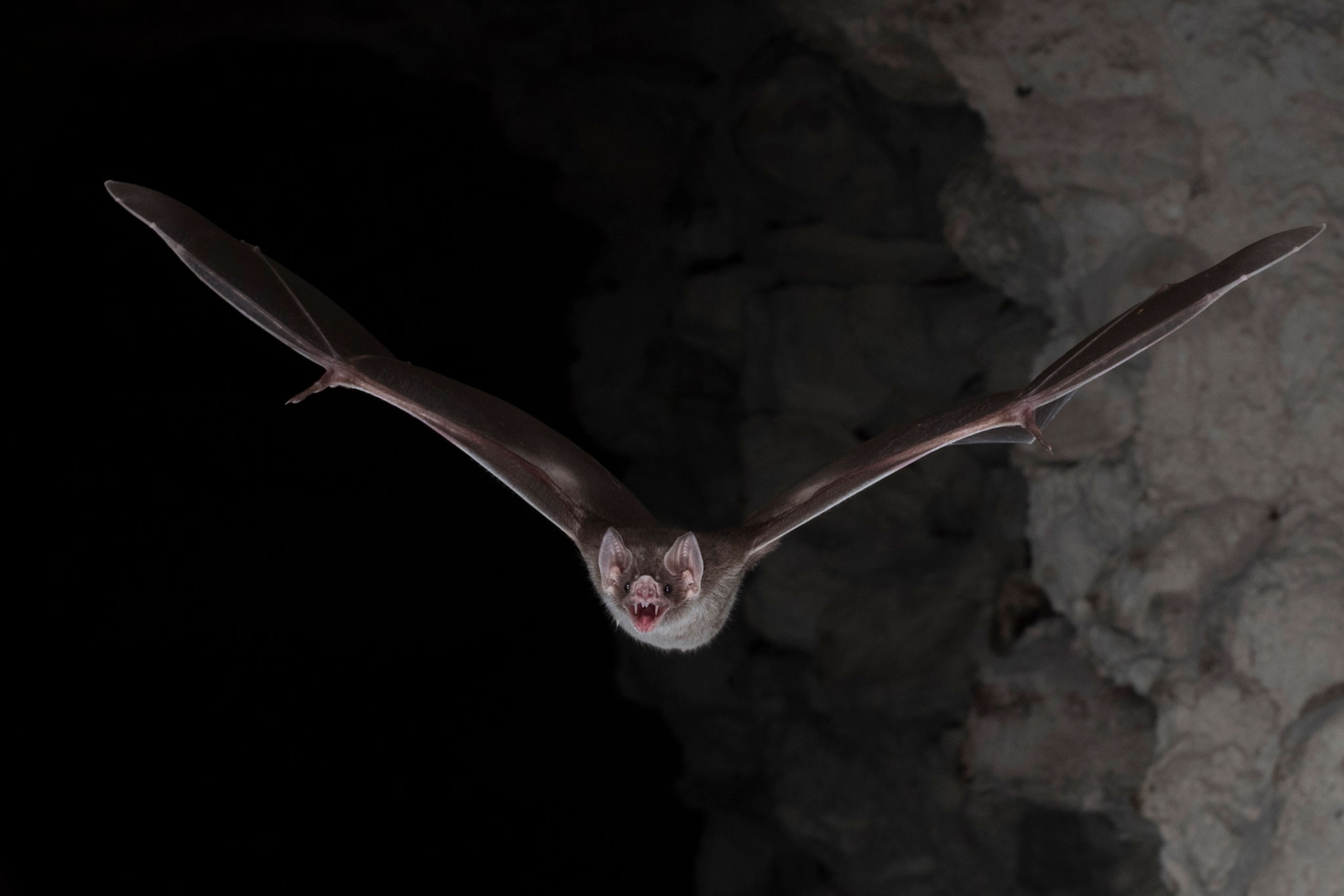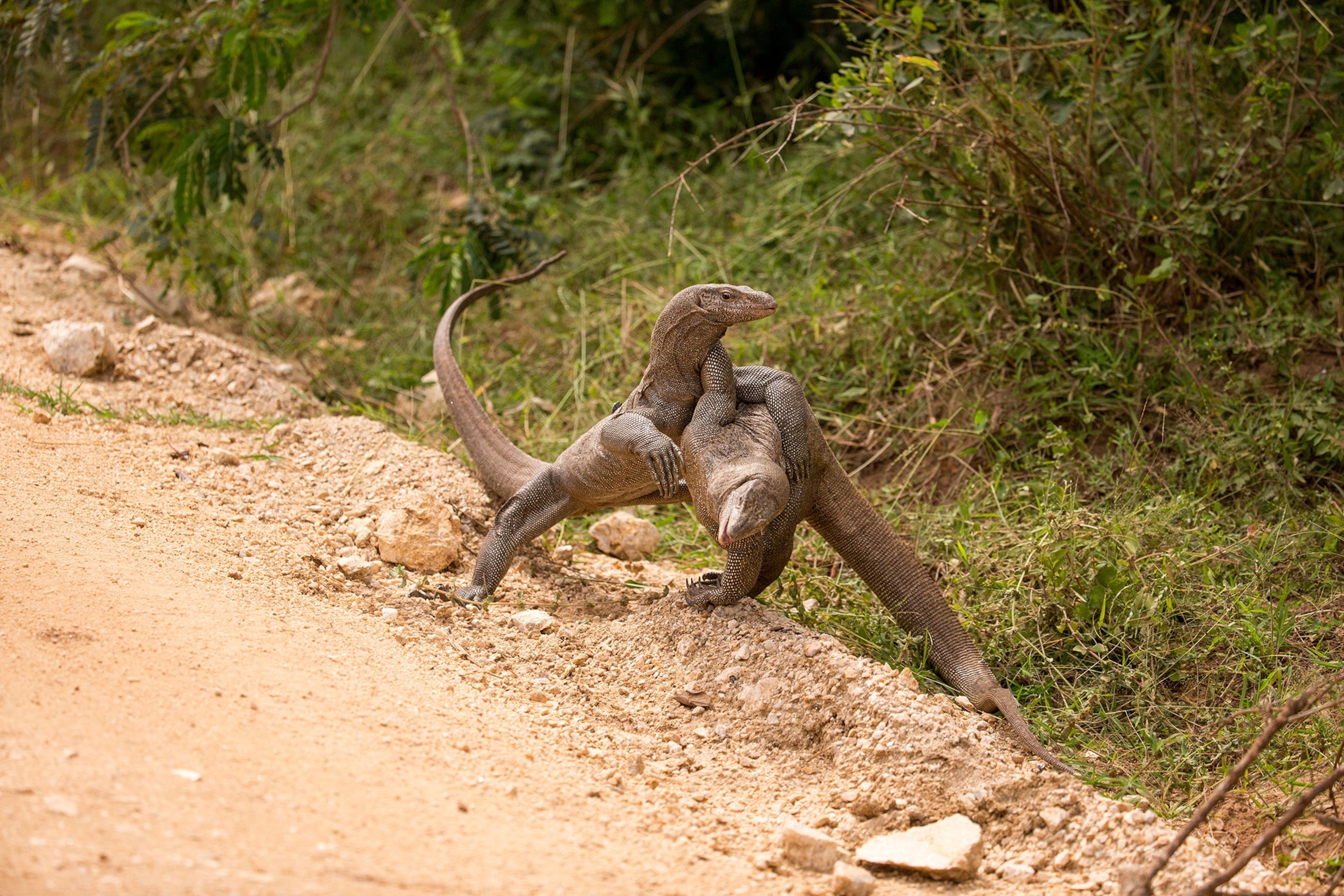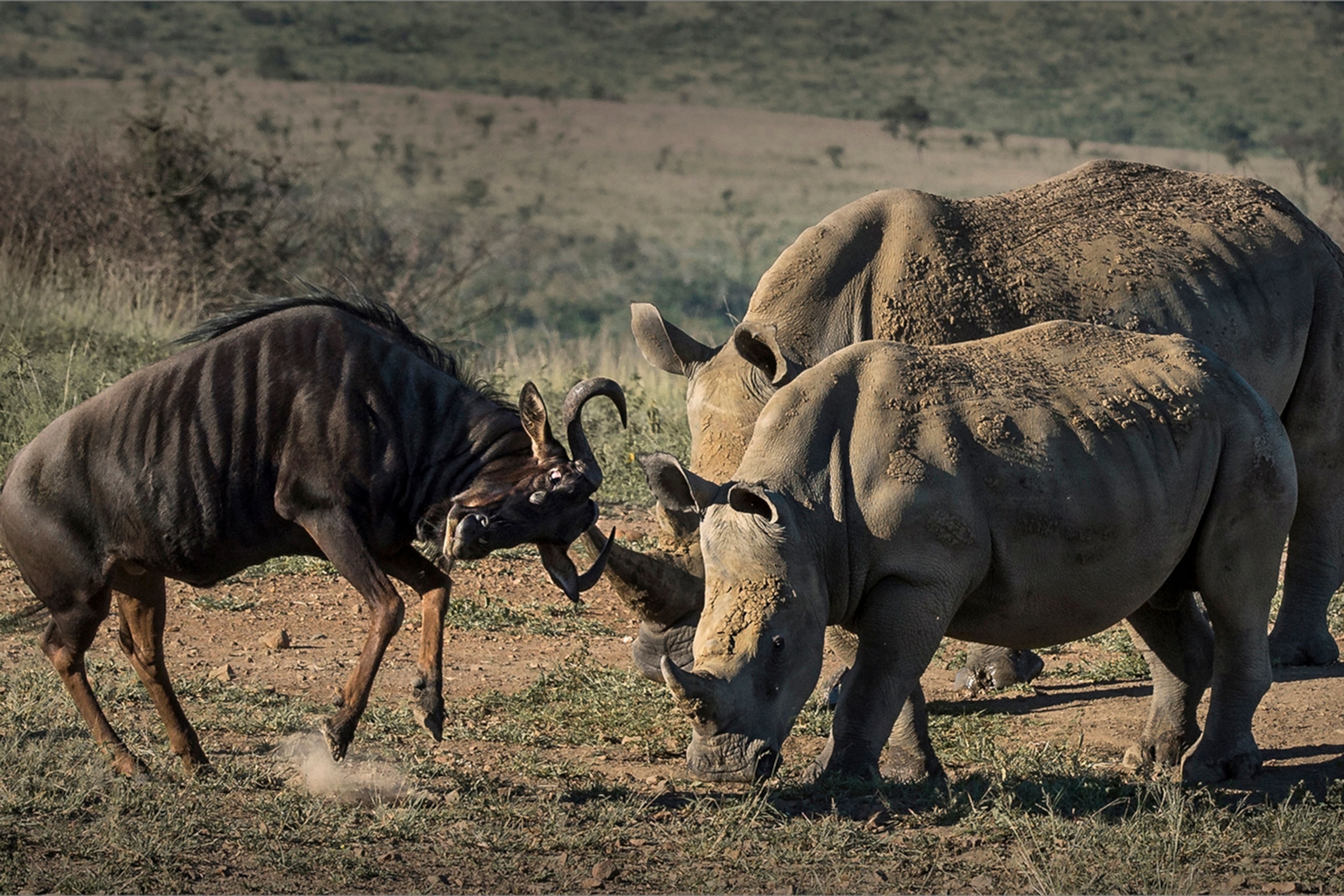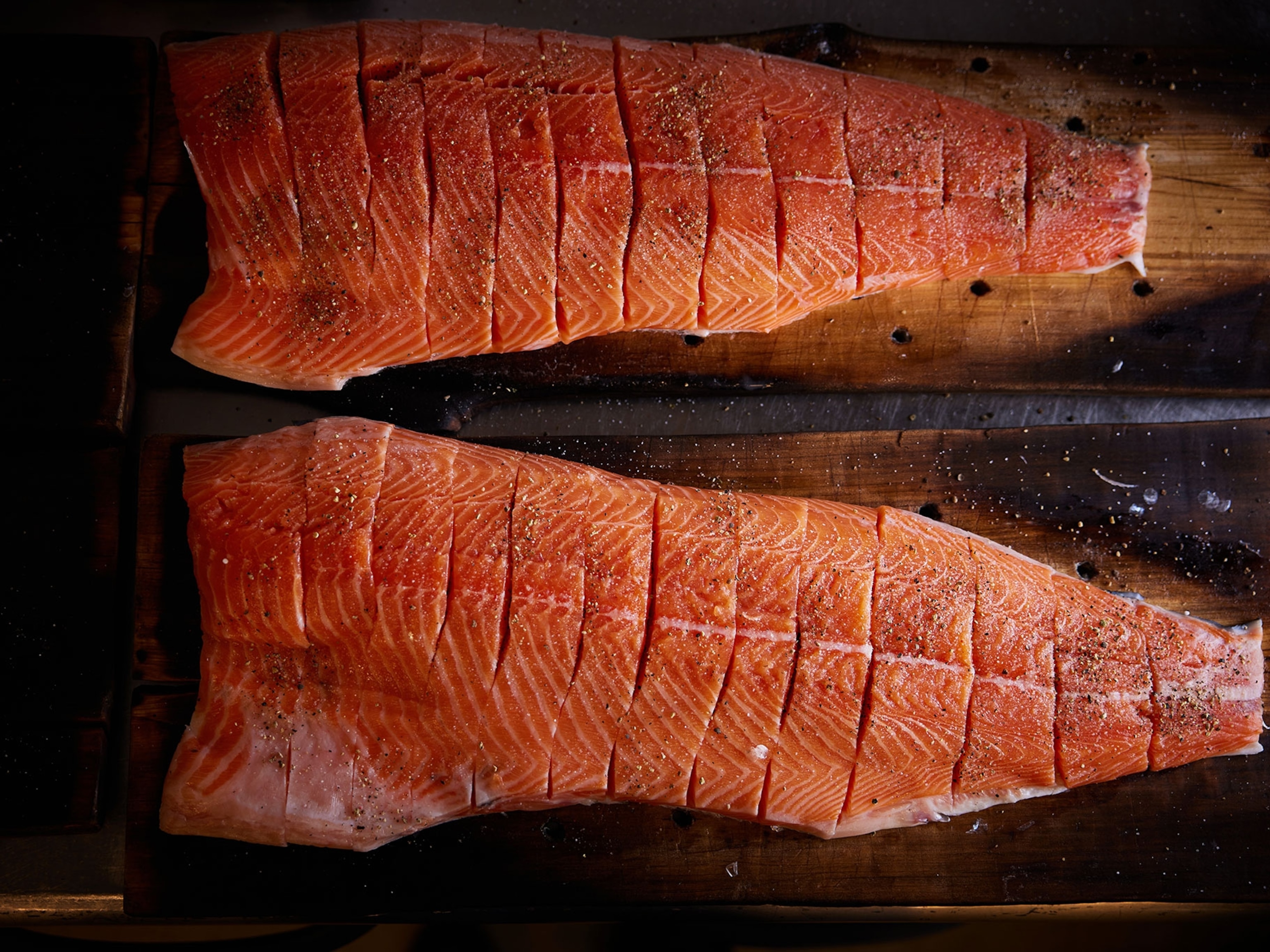
Vampire Bats Survive by Only Eating Blood—Now We Know How
Living off blood isn't easy, but the tropical mammals evolved clever adaptations to make it work, a new study says.
Vampire bats can quaff the finest A-positive blood vintage, thanks to a little help from their digestive friends.
In a new study, researchers analyzed the DNA and microbiome of three species of vampire bat, the only obligate blood-eating mammals (aka sanguivores) in the world. Their results revealed that gut bacteria are key to the bats' ability to survive on the vital red liquid. (See "The Vampires That Feed on Vampires.")
It seems that these gut critters evolved to help the bats live on blood meals, says study leader Marie Lisandra Zepeda Mendoza, a geneticist at the University of Copenhagen. The "holistic" study, which examined both the microbiota and the bat's DNA, is among the first of its kind to investigate how vampire bats digest blood, Mendoza says by email.
Hunting under the cover of darkness in the American tropics, these bats gallop, horselike, along the ground, approaching their prey on all fours. Razor-sharp teeth slice into the victim's vein, and the bat laps up the trickling blood with its tongue.
But surviving off blood isn't easy. Vampire bats need special facial nerves that can sense the heat of their victims' veins, as well as those sharp teeth to access them while doing minimal damage to their host's skin. What's more, the bats require an anticoagulant enzyme in their saliva to keep their host's blood from clotting when they drink. (This protein, named Draculin, is now being investigated as a treatment for stroke patients.)
Not only that, blood is almost 80 percent water, and of the few nutrients it contains, 93 percent are proteins—hard for the kidneys to metabolize. Lastly, sanguivory exposes the bats to a huge range of pathogens and leaves them perilously deficient in nutrients and vitamins. (See "Vampire Bats Hunt by Sound of Victims' Breath, Study Says.")
Out for Blood
Aware of these setbacks of the blood-eating lifestyle, Mendoza wondered if the bats' gut microbes provide these missing nutrients to their hosts in exchange for a safe, cozy place to live.
Understanding the gut microbiome of vampire bats, she hypothesized, would be key to understanding their unique diet. (Watch a rare video of vampire bats feeding on penguins.)
So Mendoza and colleagues compared the DNA and the gut microbes of the three species of vampire bat to a variety of insect-, fruit- and meat-eating bats. The vampire bat has several adaptations that make consuming blood easier, according to the study, published this week in the journal Nature Ecology and Evolution.
First, the vampire bats' gut microbes perform a different range of functions from those living in other bats and provide key assistance by digesting and metabolizing the proteins in the vampires' blood meals.
Vampire bats also have a high level of resistance to a group of bloodborne viruses known as endogenous retroviruses, which insert copies of their genetic material into their host's genome.
And the vampire bats' DNA contains tweaks to kidney function that allow the mammals to cope with their high-protein diet.
Even despite these built-in benefits, vampire bats—like movie vampires—need a constant supply of blood: If a vampire bat misses two nightly meals in a row, it will starve.








































